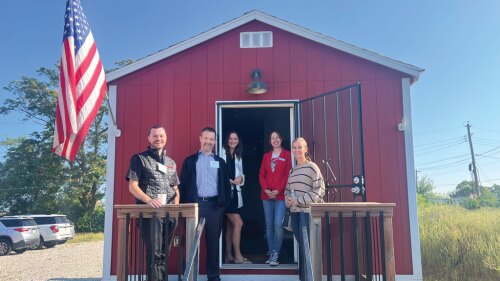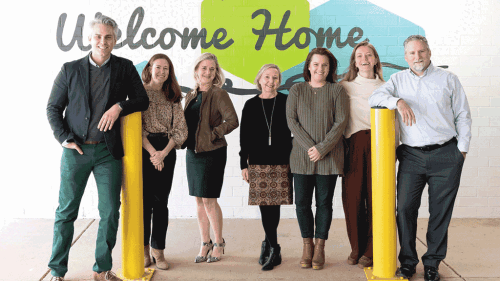There is no “secret sauce” vital to creating an innovation community, but certain ingredients are necessary, ULI members were told during the 2018 ULI Fall Meeting in Boston.
“Every innovation community should be powered to be unique and different,” said Tim Gaidis, vice president and senior project designer in the St. Louis office of design, architecture, engineering, and urban planning firm HOK.
Innovation centers, also called innovation districts, are popping up all over and in various shapes and sizes, said Gaidis. “What an innovation community is not is a gathering just of physical space,” he continued. “Innovation communities are more than just buildings. They are strategically built around the idea that we are more than the sum of our parts, especially with access to the most important ingredient of all: a diverse community of big thinkers and risk takers.”
St. Louis’s Cortex is a successful example of an innovation community, he added. A tax-exempt 501(c)3, Cortex was formed in St. Louis in 2002 by Washington University, BJC Healthcare, St. Louis University, University of Missouri—St. Louis, and Missouri Botanical Garden to capture for the area the commercial benefits of university and regional corporate research.
“Cortex has amenities around it that support the companies—places where people can live, work, play, entertain—all the things you need today,” he explained. “It continues to grow. Private projects developed around Cortex in the last 24 months total $650 million.”
CIC, originally called Cambridge Innovation Center and founded by two Massachusetts Institute of Technology entrepreneurs, selected Cortex as its first expansion outside its home base at Kendall Square because of its proximity to universities, said Dougan Sherwood, president and chief executive officer of the Greater Haverhill Chamber of Commerce and an adviser to CIC, a Cambridge, Massachusetts–based firm that supports the real estate needs of entrepreneurs. CIC provided high-quality, flexible office and coworking spaces, as well as amenities such as community kitchens and concierge services.
“In traditional real estate development, things take time, including leasing space,” Sherwood added. “But with companies like CIC, you have instant activation. A tenant can move in after 30 minutes. We also host events and provide programming, pulling energy from the different nodes. At Cortex, we have around 300 companies, including one-person companies. We’re chasing the next Mark Zuckerberg, but we want to work with lots of different companies.”
Doug Woodruff, West region executive and senior vice president of development at Wexford Knowledge Communities, which partners with universities, academic medical centers, and research institutions in the development of mixed-use knowledge communities, noted that over the past dozen years the firm has developed or has under development some 6.2 million square feet (576,000 sq m) of space with some 160 tenants involved in innovation. “We don’t just develop space, we build communities,” he said. “These projects are like birthing an elephant and take four to five years to gestation. You have to have three things: patience, because these things don’t happen overnight; great partners; and the right environment. We love urbanity.”
Urbanity and cultural diversity are among the key components of today’s innovation centers, he added. “You have to provide the right amenities,” said Woodruff. “The old research parks—universities would buy a cornfield in Massachusetts and build the facility there—don’t work anymore because people want to be in a diverse and urban environment, so you better have a place for them to meet with other people,” he added. “Diversity of companies is important, too. We have genomics companies paired with Microsoft, paired with Boeing. At the end of the day, it comes back to the tenants. We spend a lot of time with tenants. We work with them to find out what they want in physical space and what are the interaction opportunities they need to recruit the types of talent they want. We try to find connections with other businesses to drive their growth forward.”
Eli Hoisington, senior principal in the St. Louis office of HOK, notes that the design firm has been involved with Cortex since its inception and has branched out to other innovation areas including Discovery Square in Rochester, Minnesota, a 16-block subdistrict built in collaboration with Mayo Clinic in a highly connected urban life science hub.
“Development of Discovery Square is a major step forward for Mayo,” said Hoisington, adding that it will be a bridge to the mission of Mayo Clinic, “and provide a new ‘address’ for the future of life science, research, education, technology, and innovation.”
Labs and research space are critical for Discovery Square, he said, but it has to be a lot more and include amenity spaces to encourage walking and browsing and movement to spur the exchange of ideas.
“There are a lot of different ingredients of innovation centers, but one of the most important is to make it easy to interact with others,” Hoisington said. “You need to build active zones. Connections are opportunities, so long term you need to carefully think about design. Where do people meet, where do they interact?”




